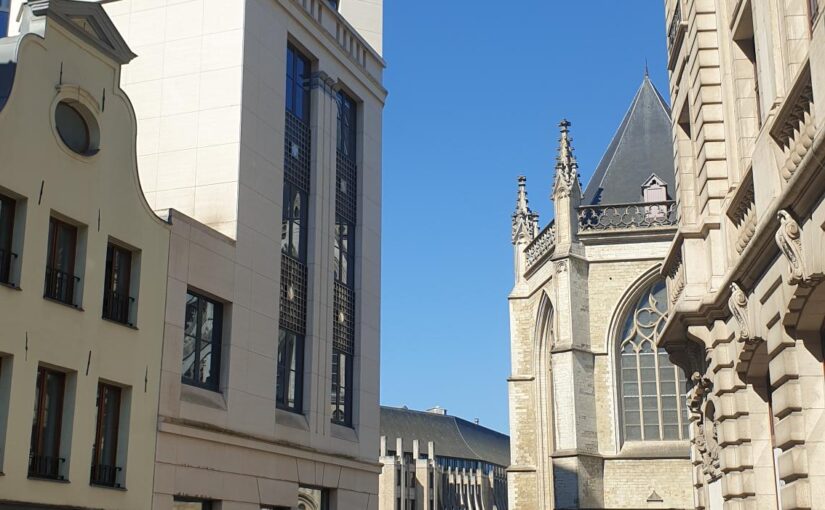In last week’s Brontë blog post we took a first look at the Brussels the Brontë sisters, or at least Charlotte and Emily Brontë, knew, and how it looks now. Today, we will take a further look in our concluding walk in the Brontë footsteps through the Belgian capital.
As readers of this blog will know, or followers on Twitter, I was lucky enough to be invited to Brussels to give a talk to the Brussels Brontë Group. It was an honour and a pleasure to meet so many Brontë fans from across Europe and beyond, and my wife and I were lucky enough to stay on the Rue Royale just a stone’s throw from the old Brussels the Brontës came to know so well.
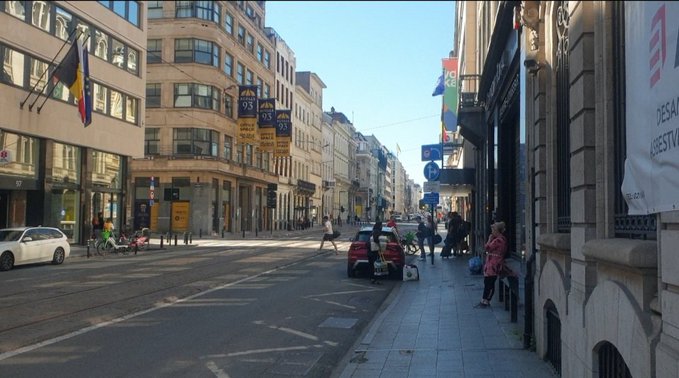
At the top of the Rue Royale is the royal palace, but before you get there you come to a beautiful area of greenery now known as Brussels Park. At the time Charlotte and Emily lived nearby it was the Royal Park, and it features in Charlotte Brontë’s Villette.
At one point Lucy Snowe is given a potion, a drug, by Madame Beck (modelled on Claire Heger) and in a drug fuelled insomnia Lucy sneaks by the guards and waks the park during the night hours:
“Quiet Rue Fossette! I find on this pavement that wanderer-wooing summer night of which I mused; I see its moon over me; I feel its dew in the air. But here I cannot stay; I am still too near old haunts: so close under the dungeon, I can hear the prisoners moan. This solemn peace is not what I seek, it is not what I can bear: to me the face of that sky bears the aspect of a world’s death. The park also will be calm—I know, a mortal serenity prevails everywhere—yet let me seek the park.
I took a route well known, and went up towards the palatial and royal Haute-Ville; thence the music I had heard certainly floated; it was hushed now, but it might re-waken. I went on: neither band nor bell music came to meet me; another sound replaced it, a sound like a strong tide, a great flow, deepening as I proceeded. Light broke, movement gathered, chimes pealed—to what was I coming? Entering on the level of a Grande Place, I found myself, with the suddenness of magic, plunged amidst a gay, living, joyous crowd.
Villette is one blaze, one broad illumination; the whole world seems abroad; moonlight and heaven are banished: the town, by her own flambeaux, beholds her own splendour—gay dresses, grand equipages, fine horses and gallant riders throng the bright streets. I see even scores of masks. It is a strange scene, stranger than dreams. But where is the park?—I ought to be near it. In the midst of this glare the park must be shadowy and calm—there, at least, are neither torches, lamps, nor crowd?
I was asking this question when an open carriage passed me filled with known faces. Through the deep throng it could pass but slowly; the spirited horses fretted in their curbed ardour. I saw the occupants of that carriage well: me they could not see, or, at least, not know, folded close in my large shawl, screened with my straw hat (in that motley crowd no dress was noticeably strange). I saw the Count de Bassompierre; I saw my godmother, handsomely apparelled, comely and cheerful; I saw, too, Paulina Mary, compassed with the triple halo of her beauty, her youth, and her happiness. In looking on her countenance of joy, and eyes of festal light, one scarce remembered to note the gala elegance of what she wore; I know only that the drapery floating about her was all white and light and bridal; seated opposite to her I saw Graham Bretton; it was in looking up at him her aspect had caught its lustre—the light repeated in her eyes beamed first out of his.
It gave me strange pleasure to follow these friends viewlessly, and I did follow them, as I thought, to the park. I watched them alight (carriages were inadmissible) amidst new and unanticipated splendours. Lo! the iron gateway, between the stone columns, was spanned by a flaming arch built of massed stars; and, following them cautiously beneath that arch, where were they, and where was I?
In a land of enchantment, a garden most gorgeous, a plain sprinkled with coloured meteors, a forest with sparks of purple and ruby and golden fire gemming the foliage; a region, not of trees and shadow, but of strangest architectural wealth—of altar and of temple, of pyramid, obelisk, and sphinx: incredible to say, the wonders and the symbols of Egypt teemed throughout the park of Villette.”
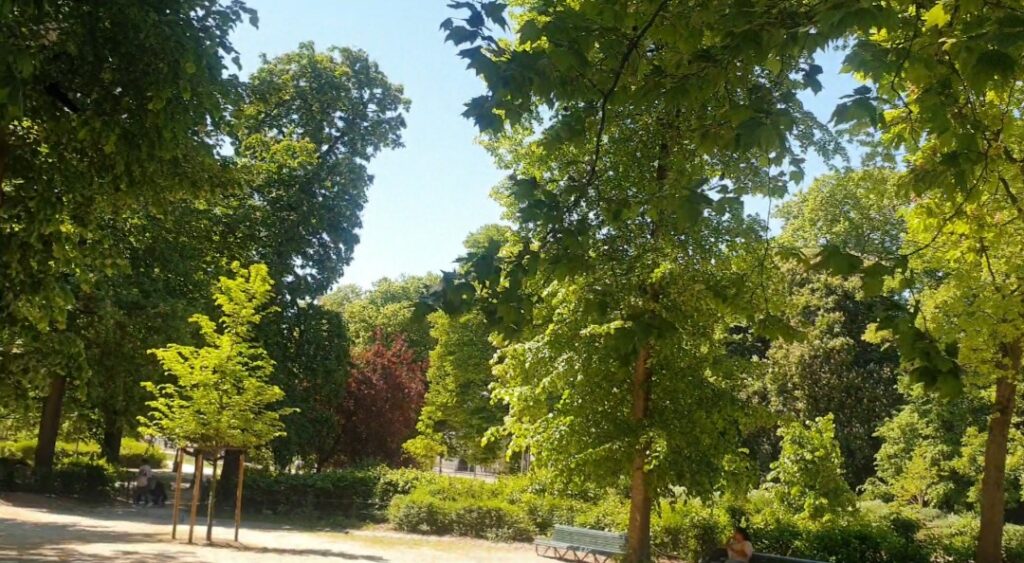
It hardly needs saying of course that the eponymous city of Villette is actually Brussels. One of the features of the park which also appears in the novel is the great bandstand where Charlotte would have seen concerts performed. A ‘kiosk’ as Lucy Snowe refers to it. That kiosk is still standing today, and concerts are still held there:
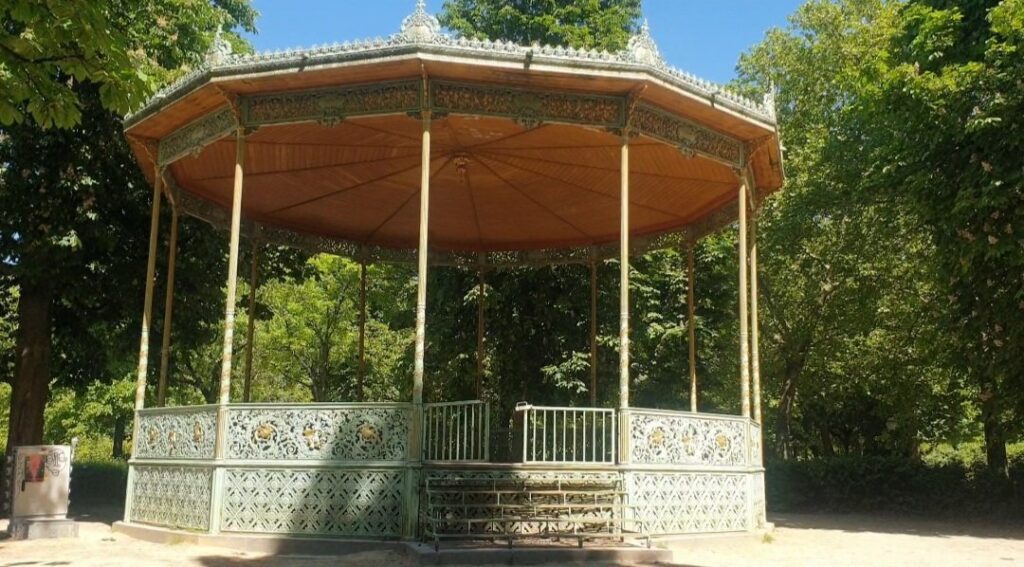
Walking down the Rue Royale away from the park and Palace you soon come to another grand building – and one that Charlotte Brontë came to know very well. Today it is the spectacular Cortinthia Grand Hotel Astoria Brussels, a five star hotel complete with top hat wearing concierge on the door.
During 1842 and 1843, when Charlotte lived nearby at the Pensionnat Heger, it was the Hotel Cluysenaar and renting an apartment within it was Dr Thomas Weelwright. His five children attended the Pensionnat Heger and for a while lived there, alongside Charlotte and Emily, before later returning to live in their father’s opulent apartment. Foremost among these girls was Laetitia Wheelwright, who became a close Brussels friend and confidante of Charlotte Brontë.
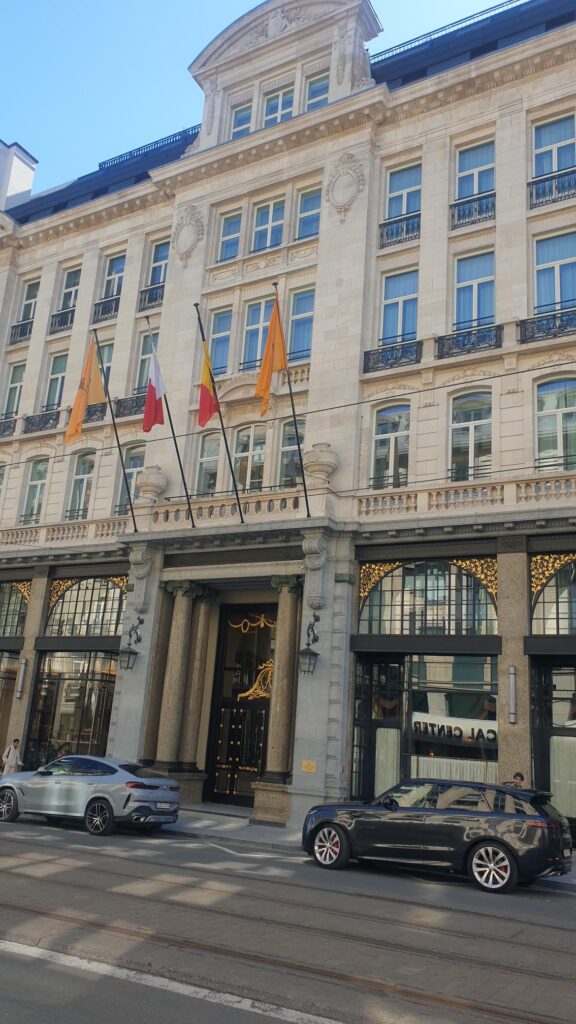
The Hotel Cluysenaar inspired the Hotel Crecy in Villette, the location of the grand apartments owned by the Count De Bassompierre and his enigmatic daughter Paulina. Did Charlotte enjoy grand parties with the Wheelwrights just as Lucy attended grand parties with the Bassompierres? It seems likely.
Perhaps my favourite spot in Brussels was the Grand Place. Locals call it the most beautiful square in the world, and they may just be right. Surrounded by its incredible buildings is like stepping back in time, and it’s easy to imagine Charlotte Brontë looking in awe on these buildings she must have seen and known.
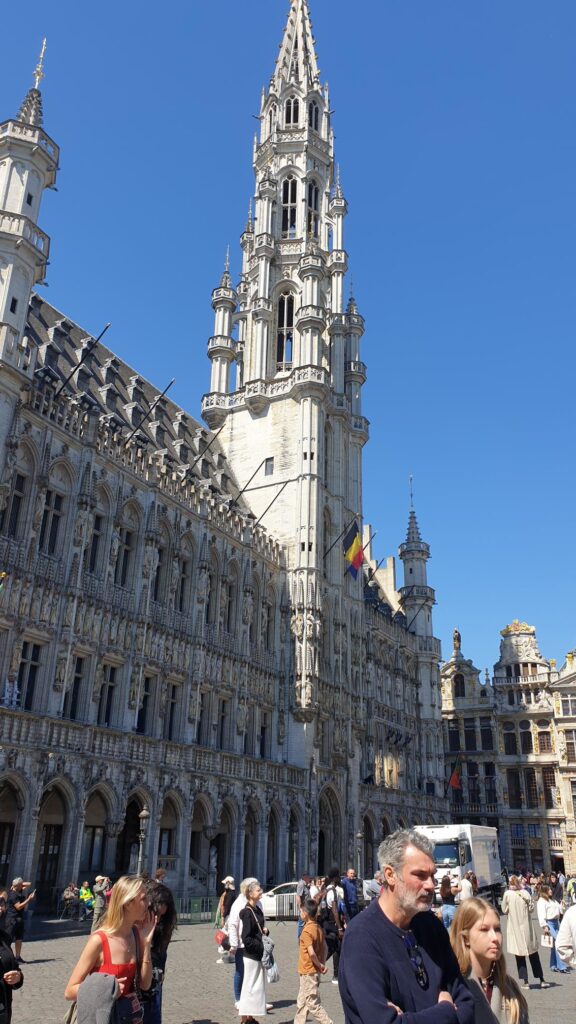
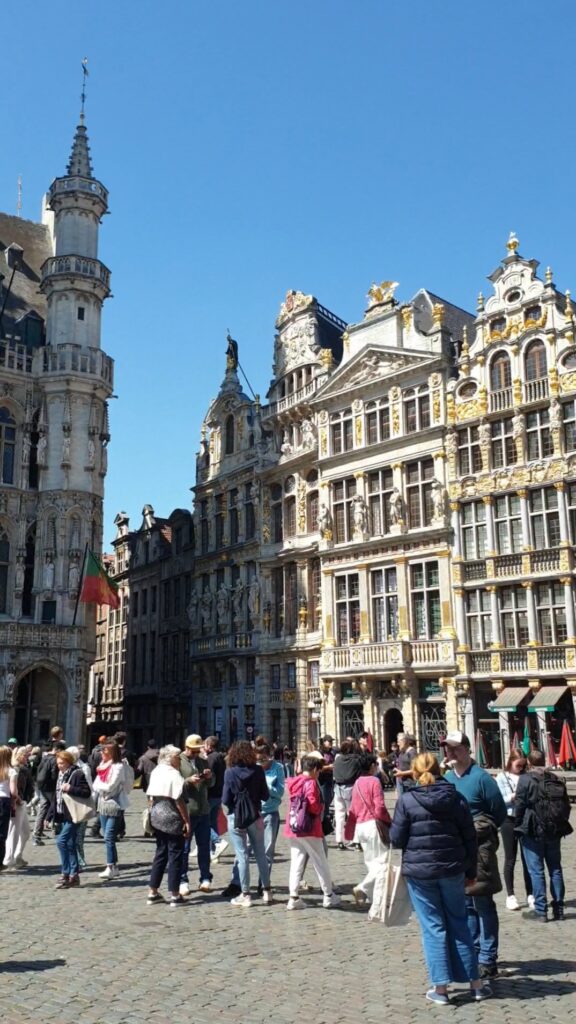
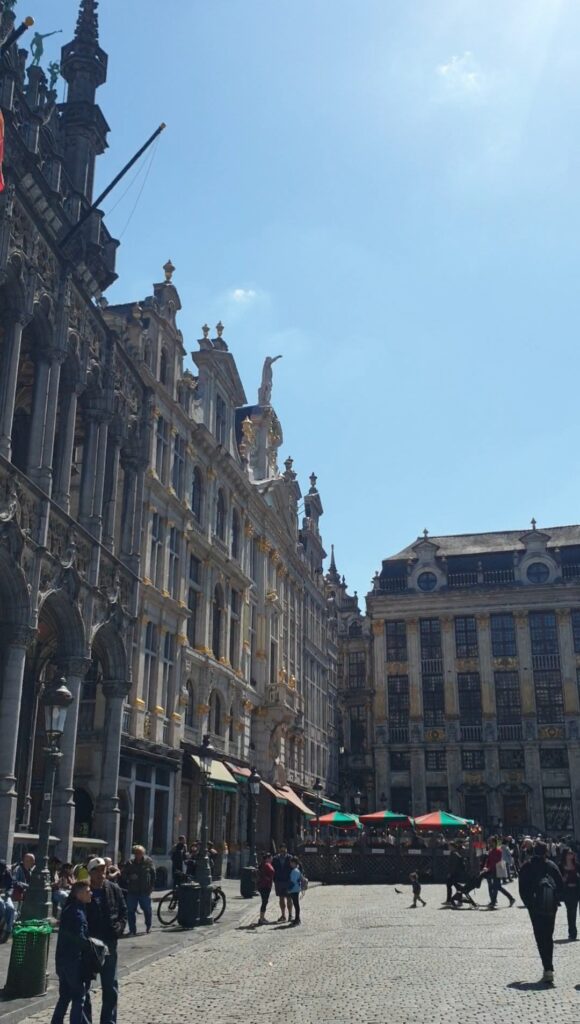
I recommend Brussels to all Brontë fans, there are still plenty of Brontë related sights left to see, although many, alas, have been lost to redevelopment of the city. I aim to expand upon my talk, “Doubt, Defiance and Devotion: Faith and the Brontës” and release it soon as an ebook, so keep your eyes on this site for more details of that. Once again thanks to all in the Brussels Brontë Group, and thanks to you, dear reader, for all your support and encouragement. I hope to see you next week for another new Brontë blog post, and of course please remember to raise a glass in memory of Anne Brontë on Wednesday, on the 176th anniversary of her passing.
